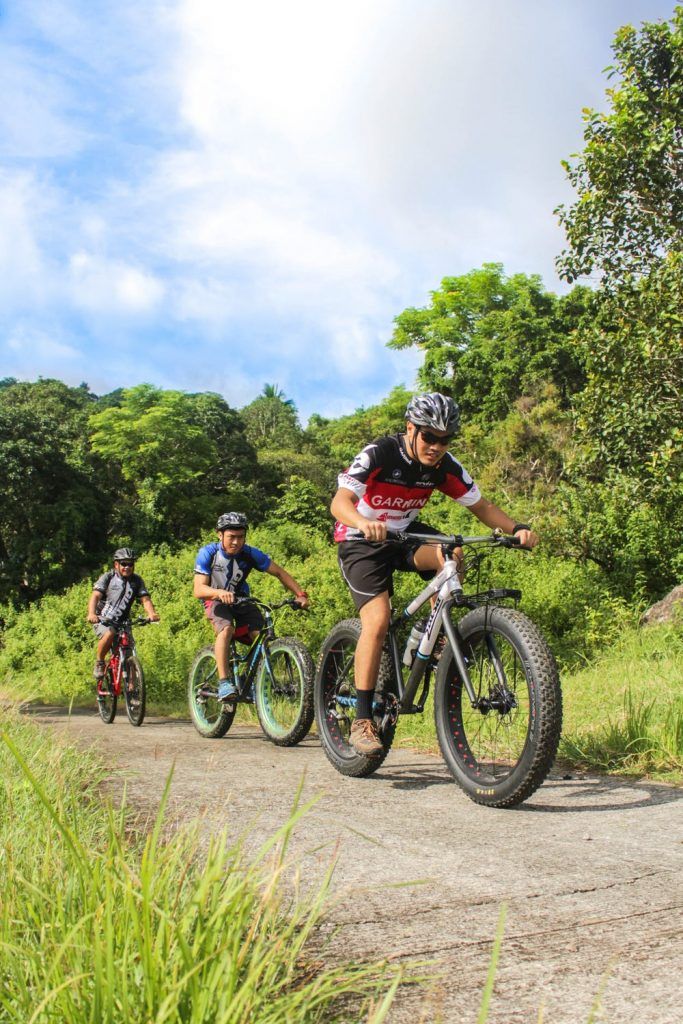
Training in the Heat
Welcome to North Queensland Summer
As we move into the hotter months of the year in North Queensland, it seems important to discuss the effects of training in the heat on performance, and how to best manage our training while in this environment. Learning to perform in the heat is a difficult task which has been deeply researched. This blog is part of a three-part series which will discuss:
- What happens to our body during training in the heat
- How to manage our fatigue in the heat, and
- How to use heat to aid performance.
What happens to our body during during training the heat?
The effects of increased skin temperature and increased core body temperature alone and combined reduce maximal oxygen uptake, or what some know as VO2max. This, in simple terms, causes that specific exercise to become harder, and as we all know when a workout is more difficult we can’t sustain it for as long.
For example:
Connor goes for a run at 5:00/km pace for 6km in 20deg Celsius heat, and finds it a lot easier than running at 5:00/km pace for 6km in 30deg Celsius heat.
Greater “relative intensity” essentially causes increased cardiovascular strain, which invariably makes our session feel harder perceptually to us. Therefore, constant-rate exercise (I’m looking at you, endurance athletes), is a lot harder to maintain, and can only be performed for shorter periods or requires reduced pace. Most studies have found that maintaining a constant pace is more difficult due to increased strain, rather than mainly CNS fatigue (i.e. brain/spinal cord) or skeletal muscle metabolism.
Sweating is the way that we try and reduce our body temperature, and obviously this accelerates in hotter environments. Sweat losses therefore tend to exceed our fluid intake, and once we have lost greater than 2% of our body mass, dehydration becomes a further factor in heat stress. Dehydration works by reducing plasma volume and increasing hyperthermia, therefore further reducing VO2max.
For example:
Connor starts his run at 75kg and finishes at 73kg, meaning he was in relative dehydration at the end of his run and unable to keep up fluid intake. This impaired his performance.
Now, whilst there are mainly CV effects during heat training, there are certainly some CNS effects involved as well which should too be taken into consideration in extreme conditions.
So overall, in this brief summary of what happens to our body under extreme heat conditions, we can see that unfortunately we do have to alter our training during the warmer months. But in the end, there are ways we can use heat to our advantage as well.
Keep your eyes peeled for part 2!
Connor McKay


